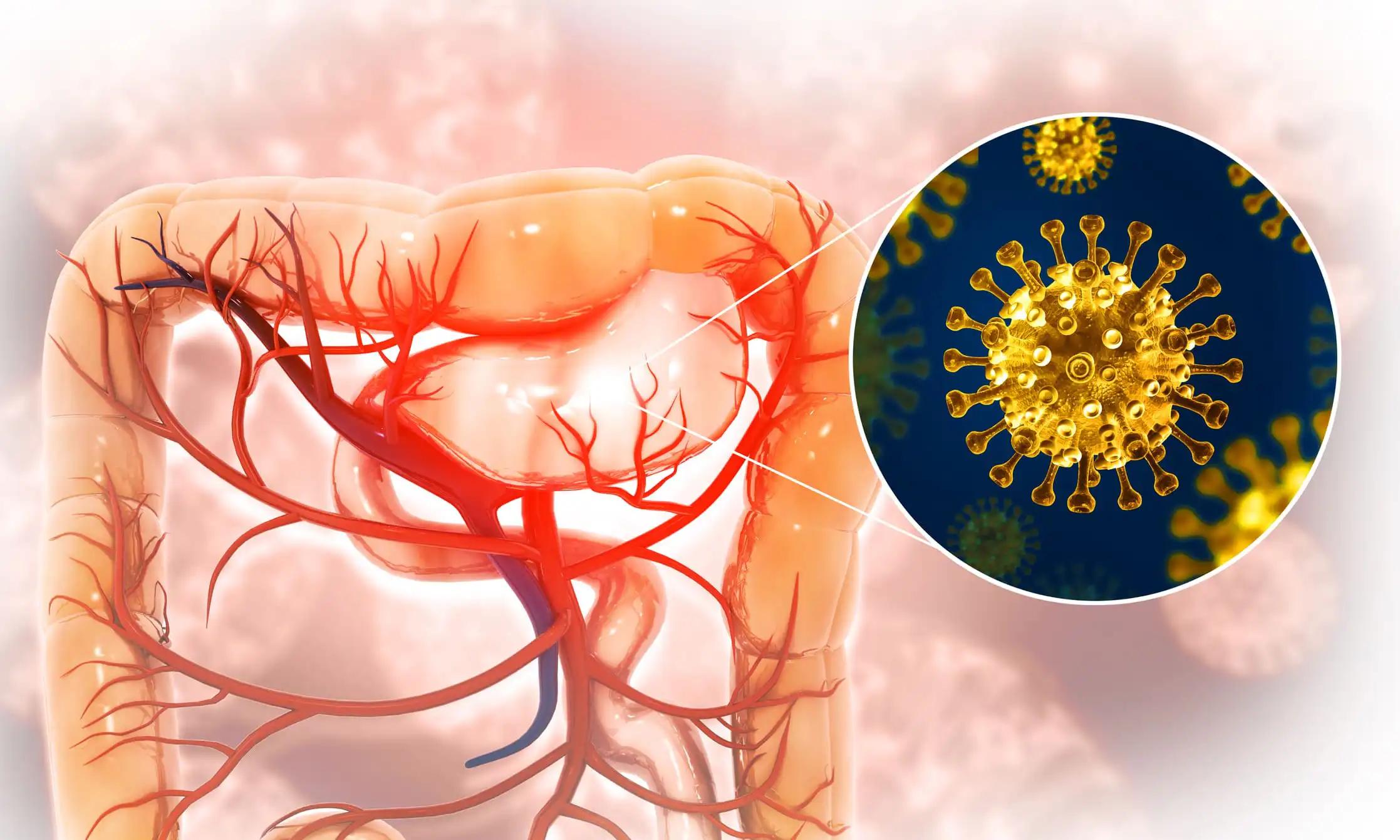KEY TAKEAWAYS
- The study aimed to investigate the preoperative risk factors and cumulative incidence of TI non-closure after sphincter-preserving surgery for RC.
- Researchers noticed 5 preoperative risk factors for TI non-closure after RC surgery, facilitating risk assessment and informed decision-making for surgeons and patients.
Temporary ileostomy (TI) has demonstrated efficacy in mitigating the severity of anastomotic leakage after rectal cancer (RC) surgery. However, the transition of certain ileostomies into permanent stomas (PS) due to non-closure poses a concern.
Fan He and the team aimed to investigate the preoperative risk factors and cumulative incidence of TI non-closure following sphincter-preserving surgery for RC.
They conducted an inclusive analysis by searching the Embase, Web of Science, PubMed, and MEDLINE databases from inception until November 2023. They collected all published studies on the risk factors related to TI non-closure after sphincter-preserving surgery for RC.
About 1610 studies were retrieved, with 13 studies included for meta-analysis, involving 3026 patients. The results revealed significant risk factors for TI non-closure, including older age (P= 0.03), particularly > 65 years (P= 0.03), male sex (P= 0.009), American Society of Anesthesiologists score ≥ 3 (p = 0.004), comorbidity (P= 0.001), and distant metastasis (P< 0.001).
Factors such as body mass index, preoperative hemoglobin, preoperative albumin, preoperative carcinoma embryonic antigen, tumor location, neoadjuvant chemoradiotherapy, smoking, history of abdominal surgery, and open surgery did not significantly alter the risk of TI non-closure.
The study identified 5 preoperative risk factors for TI non-closure after sphincter-preserving surgery for RC. This information helps surgeons pinpoint high-risk groups before surgery, allowing them to inform patients about the potential for preemptive PS conversion. Additionally, the findings suggested the consideration of protective colostomy or Hartmann surgery as preventive measures in select cases.
The study was sponsored by the Chongqing Medical University Future Medical Youth Innovation Team development support program and the study on the role of a new PPARγ transcription cofactor STK38L in adipogenic differentiation of human adipocytes.
Source: https://pubmed.ncbi.nlm.nih.gov/38610000/
He F, Tang C, Yang F, et al. (2024). “Preoperative risk factors and cumulative incidence of temporary ileostomy non-closure after sphincter-preserving surgery for rectal cancer: a meta-analysis.” World J Surg Oncol. 2024 Apr 12;22(1):94. doi: 10.1186/s12957-024-03363-z. PMID: 38610000; PMCID: PMC11010286.



